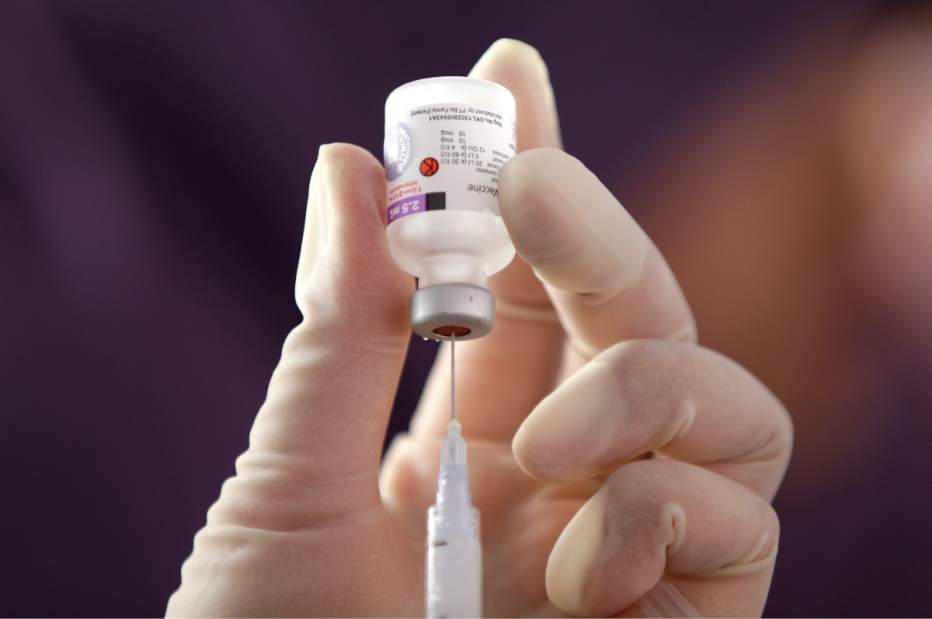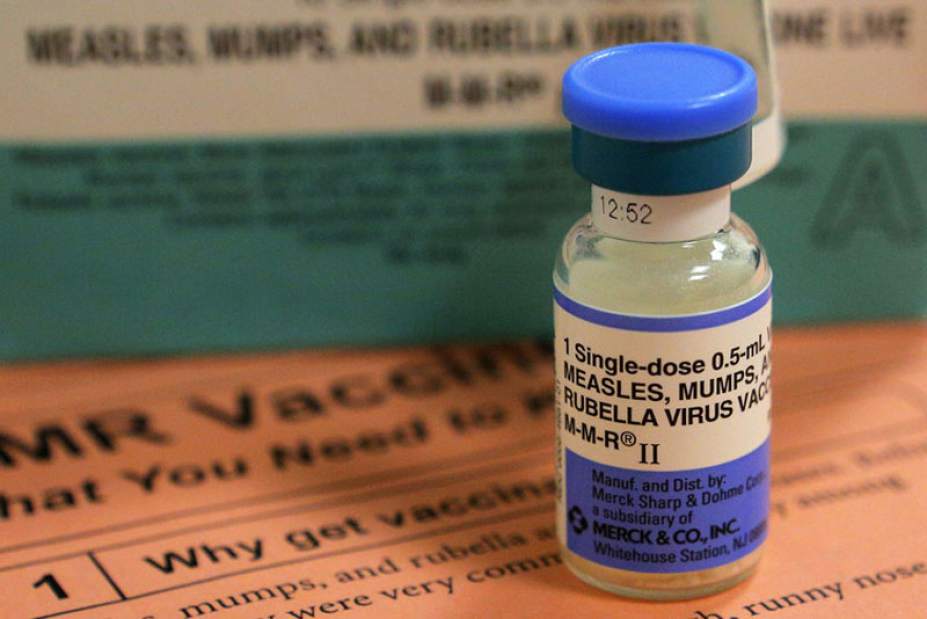Mumps strike Penn State students, CMU student has measles
A pair of once-common childhood illnesses have shown up on Pennsylvania college campuses.
One week after authorities in Allegheny County reported a case of measles in a Carnegie Mellon University student, officials at Penn State's University Park campus are reporting four confirmed cases of mumps among students there.
Mumps and measles — both highly infectious viruses — are rare today thanks to the MMR vaccine, which is administered to children. But experts say there are suggestions the immunizations may lose strength as people age and college campuses , where students live in close proximity to one another, are the perfect place for such viruses to spread.
According to the U.S. Centers for Disease Control and Prevention, 92 percent of U.S. children had received the recommended two doses of the vaccine before age 3.
Immunization rates in Pennsylvania appear even higher.
Vaccination rates here have increased over the past decade, even though Pennsylvania began permitting families to skip vaccines for philosophical reasons beginning in 2013-14. In 2016-17, 3,749 families with kindergarten and seventh-grade students took the exemption.
That same year, 93.7 percent of Pennsylvania kindergartners had received the MMR vaccine, compared with 81.3 percent 10 years earlier. And 97.1 percent of seventh-graders had received it in 2016-17, compared with 96.3 percent a decade earlier.
Infectious disease specialists say high rates of vaccination can provide some herd immunity by decreasing the likelihood of exposure for those unable to take the vaccine.
The Allegheny County Health Department confirmed last week that the Carnegie Mellon student who contracted measles had been fully vaccinated.
Although U.S. officials declared measles eliminated in 2000, there were 86 cases reported nationwide in 2016 and 120 in 2017.
There has been a much larger resurgence of mumps.
Reported cases of mumps jumped from 229 in 2012 to 6,366 in 2016. Much of the surge occurred on college campuses with high percentages of vaccinated students.
Mumps symptoms typically appear 16-18 days after infection, but this period can range from 12-25 days after infection. Symptoms include tender salivary glands under the ears on one or both sides, fever, and headache, loss of appetite and muscle ache.
The CDC in January recommended a third dose of the vaccine for those identified as at risk of contracting mumps during an outbreak. Penn State officials recommended students consider following that recommendation.
Penn State officials said two students there apparently were infected before returning from semester break.
“All four students have since recovered and are no longer considered infectious. Those who came into contact with these students have been notified and are monitoring for symptoms,” a university news release states.
Debra Erdley is a Tribune-Review staff writer. Reach her at 412-320-7996 or derdley@tribweb.com or via Twitter @deberdley_trib.


